
[ad_1]
Counting the Birds
I was in my teens when I undertook my first bird-survey: it was field work for the British Trust for Ornithology’s The Atlas of Breeding Birds in Britain and Ireland. Published in 1976, The Atlas was, I believe, the very first work of its kind. I subsequently helped with The Atlas of Wintering Birds in Britain and Ireland (1986), The New Atlas of Breeding Birds in Britain and Ireland: 1988-1991, and most recently Bird Atlas 2007-11. The breeding and wintering birds of Britain and Ireland. Look carefully and you will find my name in Appendix 1 of the latter, along with the thousands of other observers who contributed to this impressive 700-page work.
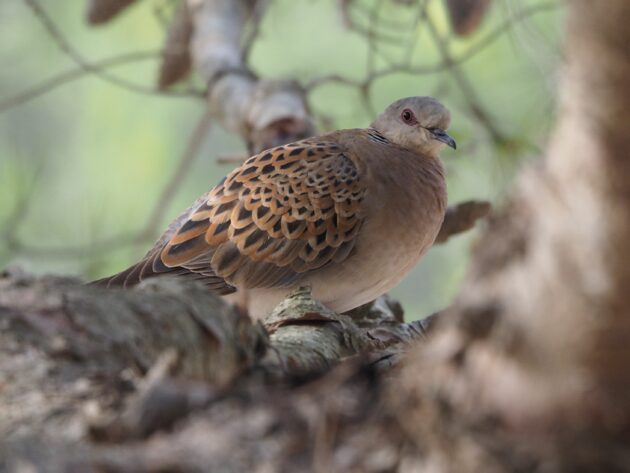
Like most birdwatchers, I enjoy doing survey work, though it can be frustrating. A few years ago I helped with the BTO’s Turtle Dove Survey. I was allotted the locations I had to check out, but was disappointed to draw a complete blank, with not even a glimpse of a dove. This was perhaps not surprising, as the Turtle Dove is Britain’s fastest declining bird. There were, however, compensations, such as finding breeding Yellow Wagtails on a nearby farm where I’d never seen them before.
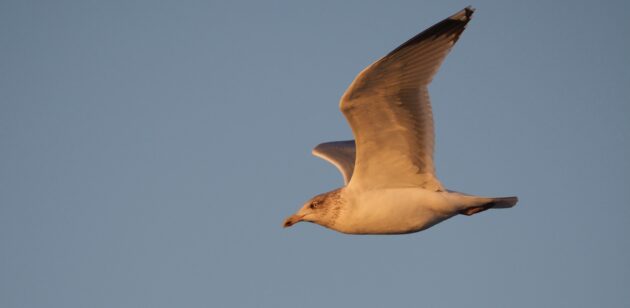
Last month I volunteered for the BTO’s Winter Gull Survey. The web site explains best what it’s all about: “Gulls flock together to roost communally on lakes, reservoirs and estuaries, in groups that can reach the thousands. The Winter Gull Survey (WinGS) will run over the winters of 2023/24 and 2024/25 to collect updated information on the numbers and distributions of these wintering gulls in the UK, the Channel Islands and the Isle of Man. WinGS volunteers visit gull roost sites, counting six key species: Black-headed Gull, Common Gull, Mediterranean Gull, Lesser Black-backed Gull, Herring Gull and Great Black-backed Gull. These gulls are all of conservation concern, and their breeding populations are either Amber- or Red-listed in the UK. Gathering more detailed information about wintering populations, and which roost sites they rely on, will help us protect them and develop more effective conservation strategies.”
Volunteers are allocated sites where large numbers of gulls are known, or suspected, to roost. My location was an extensive ornamental lake, set in attractive parkland, a few miles from my home. Unfortunately the landowner decided not allow access to the site, having initially agreed to do so. This meant that I had to undertake my count from a public road that passes close to the lake. Not really a hardship, but it made the count less enjoyable.
I arrived, equipped with my telescope, long before dusk. There were plenty of birds on the water to keep me entertained, with close to 60 Greylag geese, 50 Canada Geese, 80 Wigeon, 250 Coots, plus a good assortment of Tufted Ducks, Gadwall, Shoveler and Mallard. However, gull numbers were poor: just three Herring Gulls. I waited hopefully for a big influx of roosting gulls. A flock of 17 Herring Gulls and a single Lesser Black-backed Gull did arrive, paused briefly, and then moved on. As dusk began to fall, just a single Herring Gull remained. I suspect that I may well have recorded the smallest gull roost in the country.
One count I undertake every year is the Game and Wildlife Conservation Trust’s Big Farmland Bird Count. According to the website “The Big Farmland Bird Count is an annual event that encourages farmers and land managers to record the bird species and numbers on their farms. The count aims to raise awareness of the important role that farmers play in the conservation of farmland birds, and to measure the impact of the conservation work that many farmers and shoots carry out.” It’s not a sophisticated affair. Observers are asked to simply record the birds that they see during a 30-minute period.
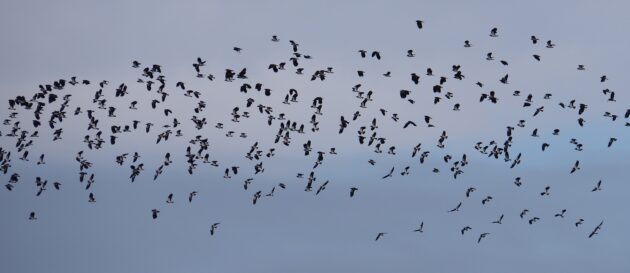
I undertake the count for three local estates. One is very large (10,000 acres, or 4250 hectares), the other two are both around 1,000 acres, or 425ha). With the former there’s such a variety of habitat that it’s difficult to know where to concentrate my efforts. I usually base my count around one of the farm’s reservoirs, as it guarantees a variety of wildfowl.
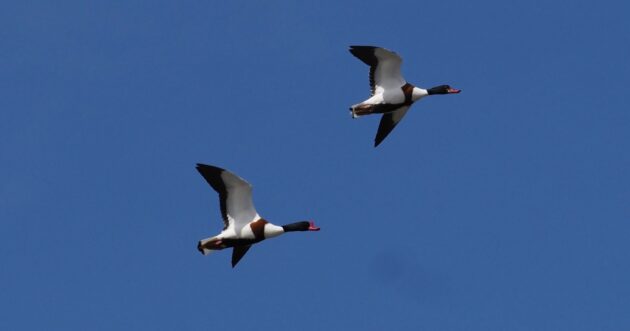
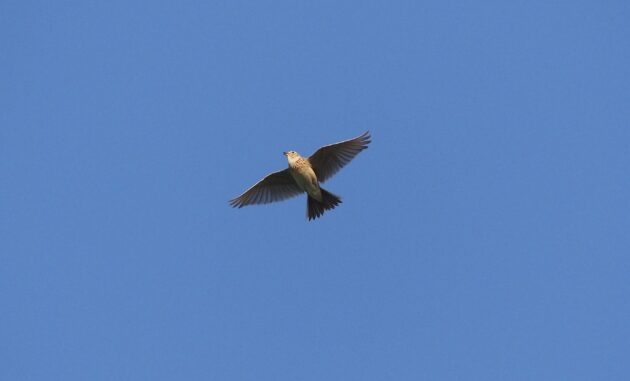
The two smaller estates are both managed in a wildlife-friendly way by farmers who are also keen conservationists, so there’s usually plenty of birds to birds to see. Alas, there wasn’t this year, but this wasn’t due to a sudden collapse in bird numbers, but the weather. On the day of my counts the temperature was an exceptional 17degC – the average February daytime temperature in this part of the country is 8degC. Three years ago when I undertook my counts the temperature was close to freezing, and had been for some days. This led to exceptional numbers of finches and buntings being drawn to the wild-bird cover, with flocks of over 200 Linnets, Yellowhammers and Reed Buntings, plus good numbers of Gold- and Greenfinches and even Tree Sparrows. This year I didn’t see a single Yellowhammer, and the Reed Bunting total was just two. There was some compensation: numerous Skylarks were singing as if spring had suddenly arrived, which perhaps they thought it had.
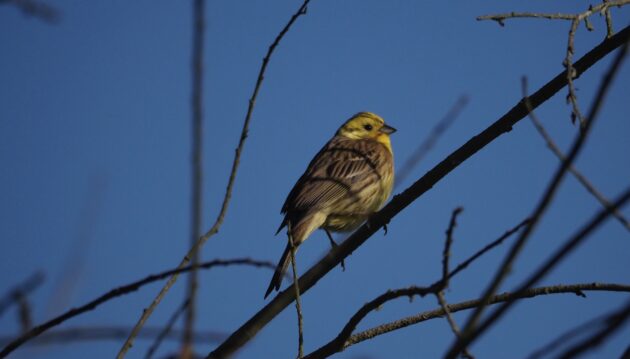
Recent heavy rain had soaked the countryside and flooded many fields, so there was a great choice of wetlands for wildfowl and waders to move to. The reservoir which is usually so productive did produce a small variety of ducks (Shelduck, Mallard, Gadwall and Tufted Ducks), but the usual wintering flock of Wigeon was absent. In the nearby river valley I did find a reasonable flock of Lapwings, along with a small flock of Greylag and Egyptian Geese, but not a lot else. I didn’t, for example, see a single Fieldfare anywhere.
The GWCT Big Farmland Bird Count is more about encouraging farmers to observe their birds than to come up with serious scientific data. When this year’s count is analysed, it’s almost certain to show far fewer birds in both number and variety than in previous years. Sometimes, however, the counting is more important than the count itself.
[ad_2]






